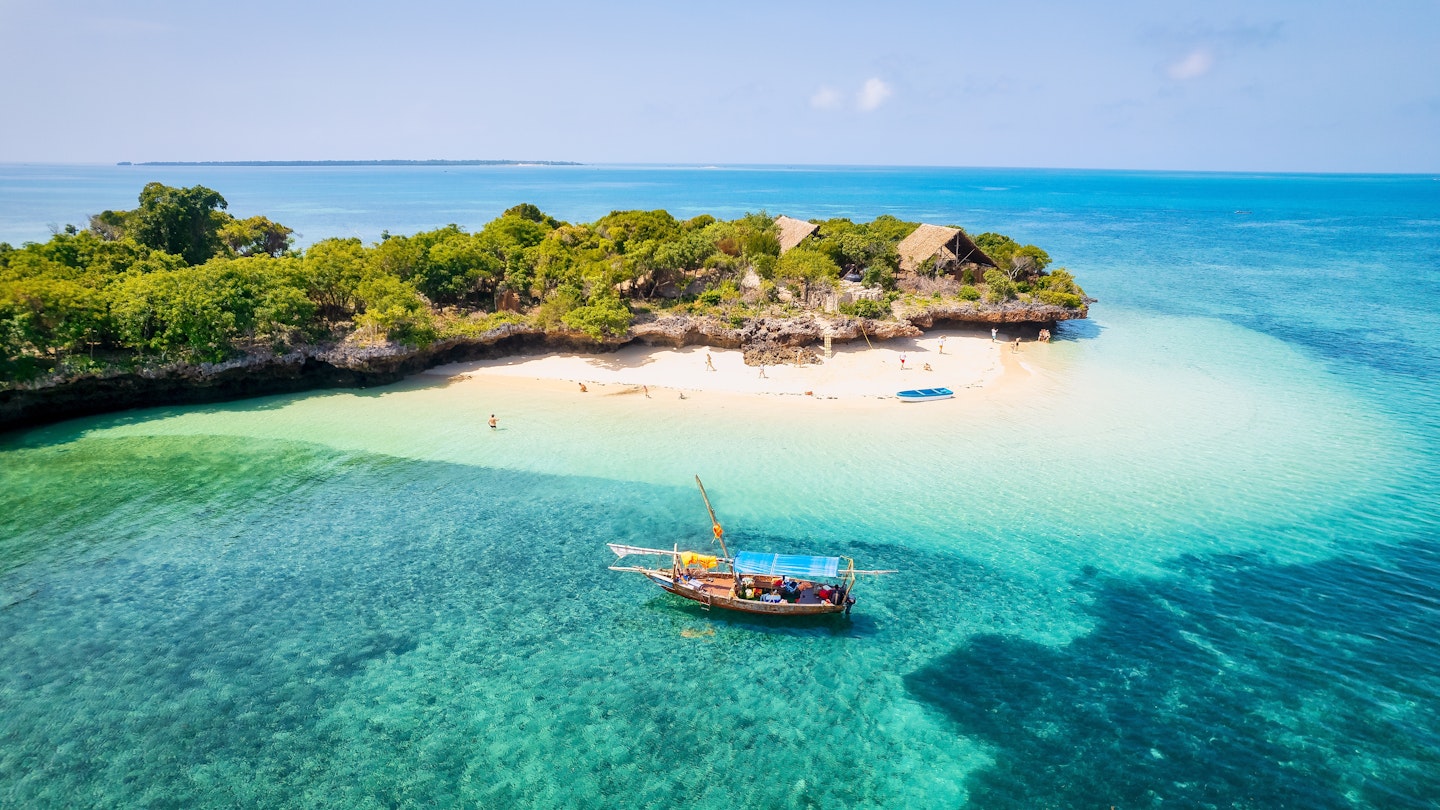Exploring Tanzania’s Enchanting Swahili Coast
In this article, we share essential tips for exploring Tanzania’s breathtaking Swahili coast.
Tanzania’s Swahili Coast is timeless, with daily life shaped by the rhythms of the sea and the winds of the monsoon.
Dhows slip silently past dense stands of mangroves, their white sails billowing in the breeze. The lanterns of small wooden fishing boats twinkle on the night horizon. Coastal ports buzz with activity as buckets of fish are carried to shore for auction. Palms wave in the breeze, baobabs stand sentinel over ancient ruins, and the scents of jasmine and ylang-ylang waft through the air.
Apart from Zanzibar Island, this coast seldom features on standard travel itineraries. Yet a few weeks (or longer!) spent beach- and island-hopping here is a magical experience and a fascinating step into the Swahili world.
While it’s easy enough to reach Zanzibar and Dar es Salaam—the main hubs—much of the rest of the region is off the grid. However, with some planning and an adventurous spirit, the area is straightforward to explore. Below are tips to help you prepare for what promises to be one of your most memorable journeys in East Africa.

Step 1: Choose Your Travel Mode and Starting Point
Will you explore broadly or delve deeply into specific areas? How will you travel—by plane, bus, or ferry?
The Swahili Coast is the ultimate slow-travel destination, featuring a functional network of local buses and ferries. Daily flights on small planes are also available. Therefore, it’s crucial to decide whether to travel the coast’s full length or select one or two bases for deeper exploration.
A good starting point for either plan is Zanzibar Town, which offers regional and international flight connections and a wealth of accommodation options and local activities. Ferries and small planes link Zanzibar with Pemba Island, the Mafia Archipelago, and the mainland coast.
Notable connections include daily ferries between Zanzibar and Dar es Salaam, with various flights connecting Zanzibar to multiple mainland destinations. Once on the mainland, buses travel up and down the coast, making it easy to connect to beach hotspots like Pangani, Tanga, and Mikindani.
When planning your stops, don’t miss the Mafia Archipelago with its traditional way of life, sandy lanes, and beautiful beaches. The small town of Pangani, along with the UNESCO World Heritage Site of Kilwa Kisiwani, is a must-see, along with the lively town of Lindi and the beaches around Mikindani.

Step 2: Select the Right Time to Travel
Consider the season that appeals to you the most at this year-round destination.
The coast and islands can be visited year-round, though the cooler, drier season from late June to September provides clear skies and easy access to nearly every destination. Nevertheless, high season also brings busier crowds and potential choppy seas. March to May represents the rainy season; consequently, while you may find tranquility, it can hinder travel away from paved routes, and some lodges may close during this time. October generally remains an ideal month for travel.
Step 3: Embrace Flexibility in Your Plans
Adapt your plans as needed.
Except during high season in Zanzibar and the Mafia Archipelago, it’s generally unnecessary to book accommodation or transport in advance. The charm of traveling along the Swahili Coast often lies in remaining flexible, allowing for unexpected discoveries and extended stays in locations of interest.

Final Thoughts on Your Swahili Coast Adventure
Every journey along Tanzania’s Swahili Coast offers new surprises. Many travelers wish they had more time to delve into the stunning landscapes and intriguing culture. Therefore, it is recommended to allocate at least three to four weeks for thorough exploration.
Do keep in mind that local travel can be rustic, especially if you opt for budget-friendly guesthouses and public transport. To balance your trip, consider spending a few nights at upmarket lodges when possible.

Immerse yourself in local life. Take time to browse village markets for the abundant fruits of the region. Arrange a grilled fish dinner under the stars, and seek opportunities for cultural tourism in spots like Jambiani, Kilwa Masoko, and Dar es Salaam.
If public transport isn’t ideal for you, hiring a car and driver is a convenient option, with reliable services available from local providers.





